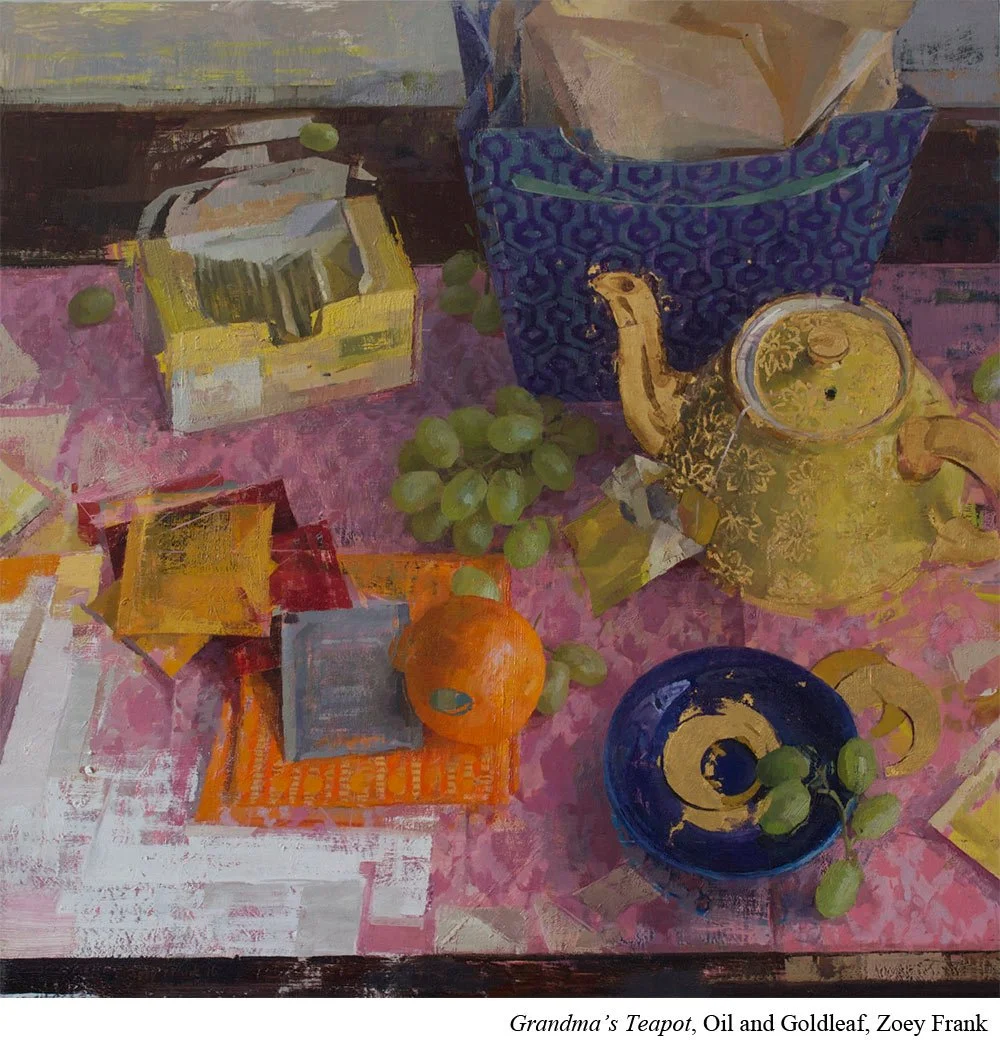Why Mix a Color When You Could Just Buy It?
Earth tones are no stranger in Zoey Frank's (Ep.80) paintings. But she doesn't have any earth tone pigments on her palette. And here's why: She wants to make herself mix them.
With so many colors available, you can buy almost any color. And maybe you want that color you mix all the time straight out of the tube on your palette.
But also maybe you don't.
Here’s why Frank chooses to mix.
A pigment straight out to the tube is perfectly uniform every single brush stroke. But if you mix that color instead, each brush stroke will be slightly different. Frank knows that will create just a bit more subtle contrast in the work.
Put it to Practice:
When you're first learning to mix color, that mixing can feel like it slows everything down.
You have to stop and think, “Wait, what makes a bright orange?”
And you may feel tempted to skip the mixing and adjust buy the colors you need.
But your paintings might be less interesting because of it.
Having a little variety in your color (even between brushstrokes of the same color) can add a lot of visual interest in an area. It can make the difference between part of your painting looking like it was painted on with a house roller and it looking alive. Sometimes it's just the subtle shifts in that mixed orange that does it.
Plus the more you mix colors, the better you get at mixing colors.
So if you do use a lot of purchased secondaries, tertiaries and earth tones, take stock of your palette. Do you need everything there… or can you start to mix some of it instead?
Then give yourself some time and patience to make the transition to mixing.
Once you really know how to mix your colors, then it might be worth bringing back in a tube color that can do the heavy lifting.


